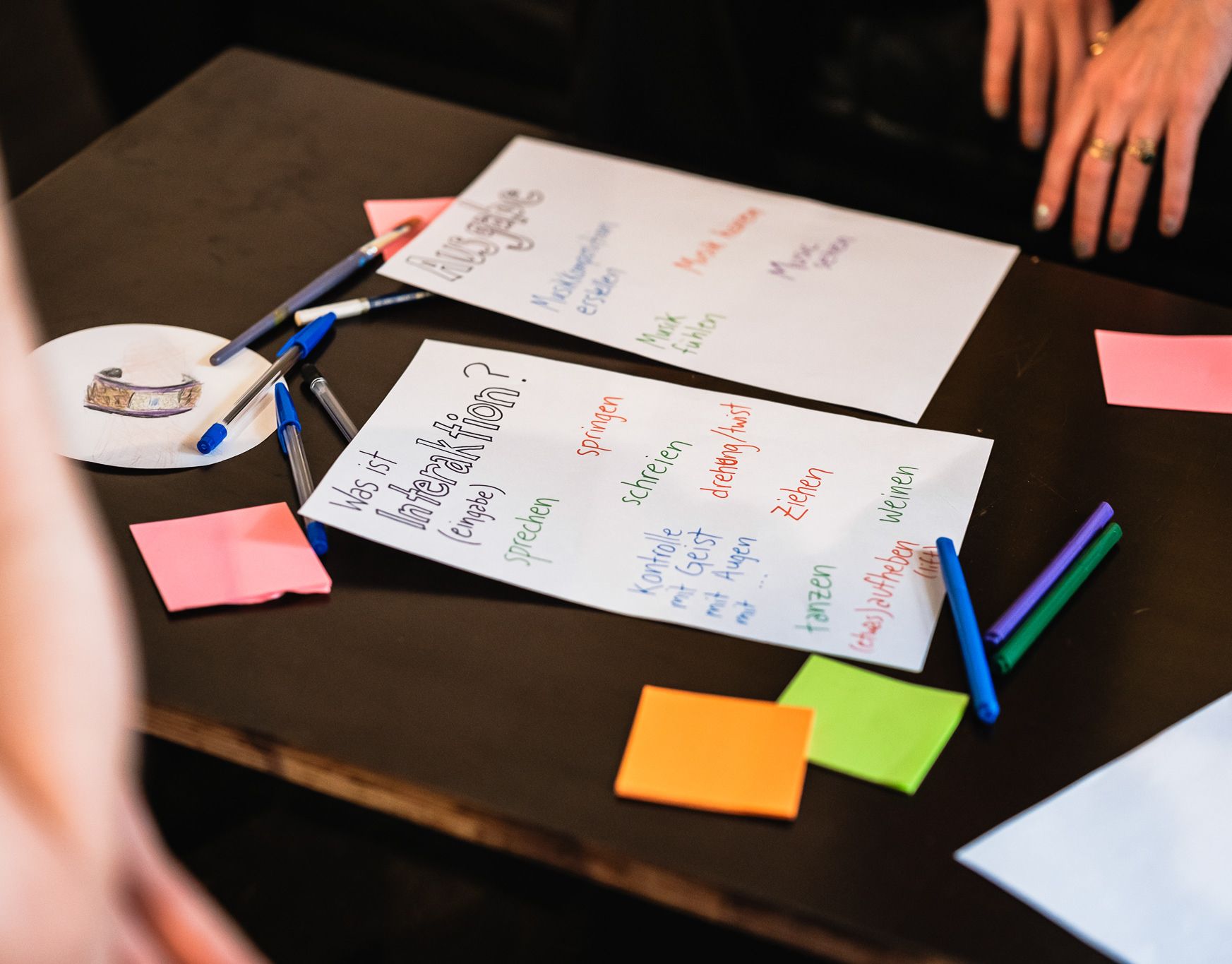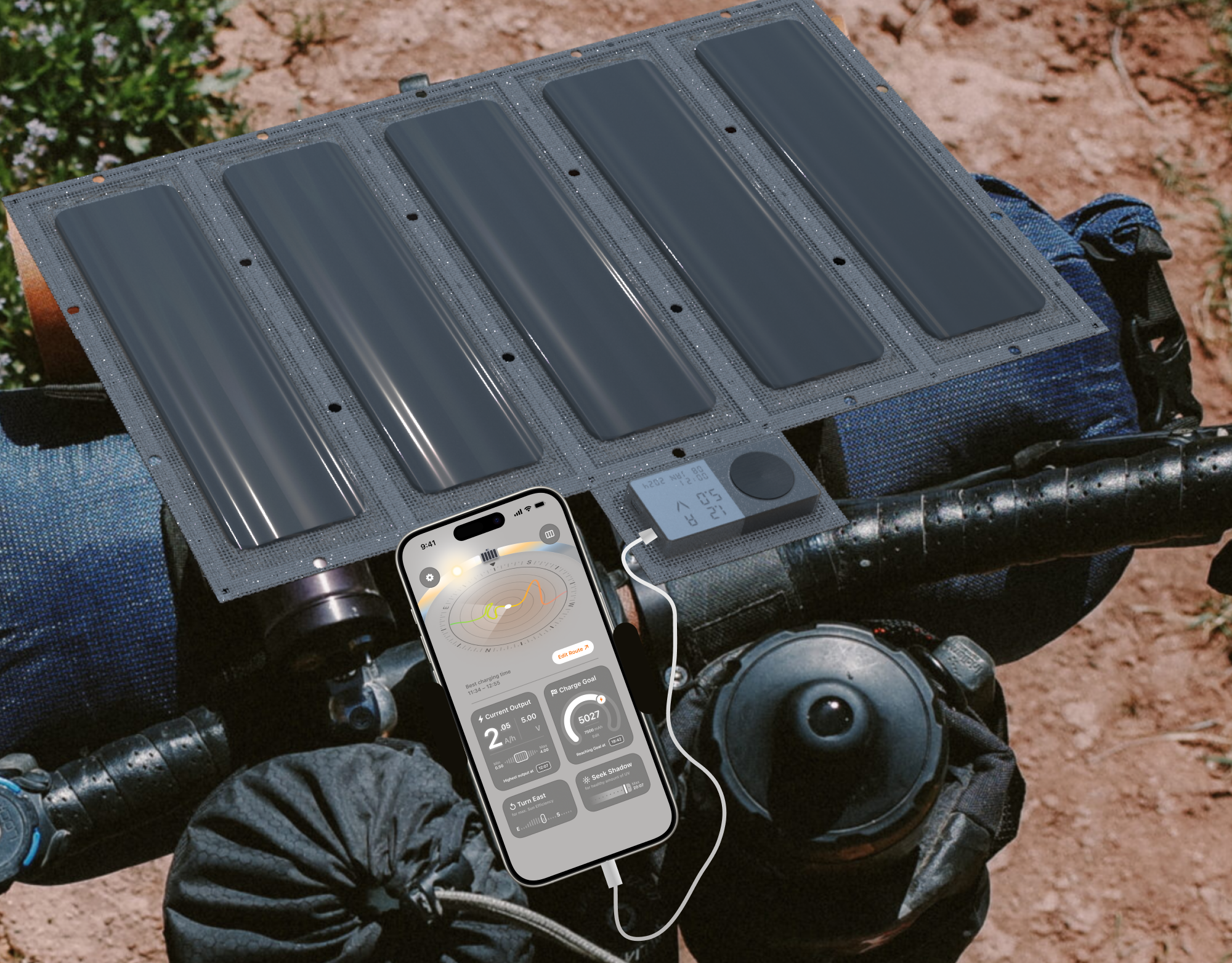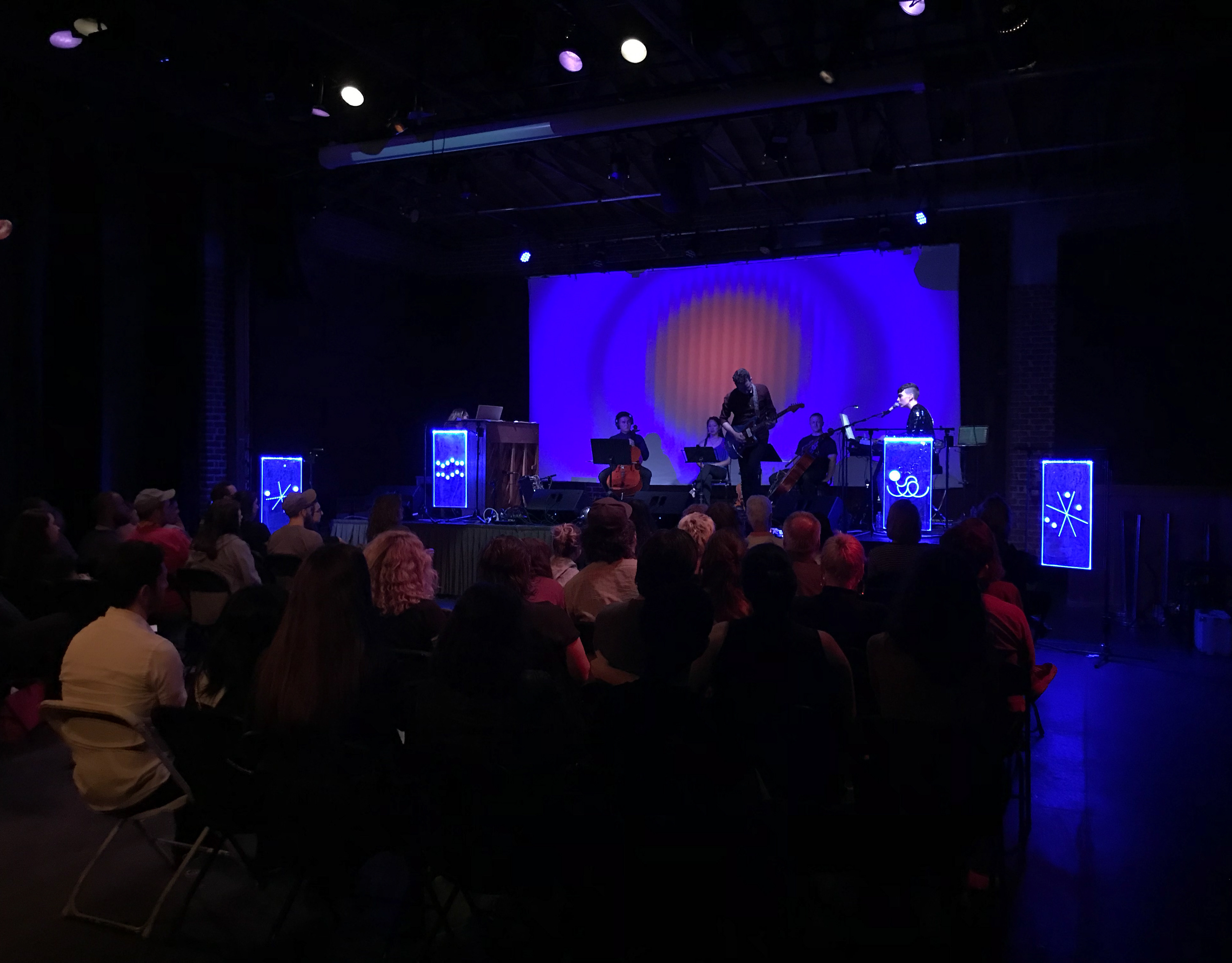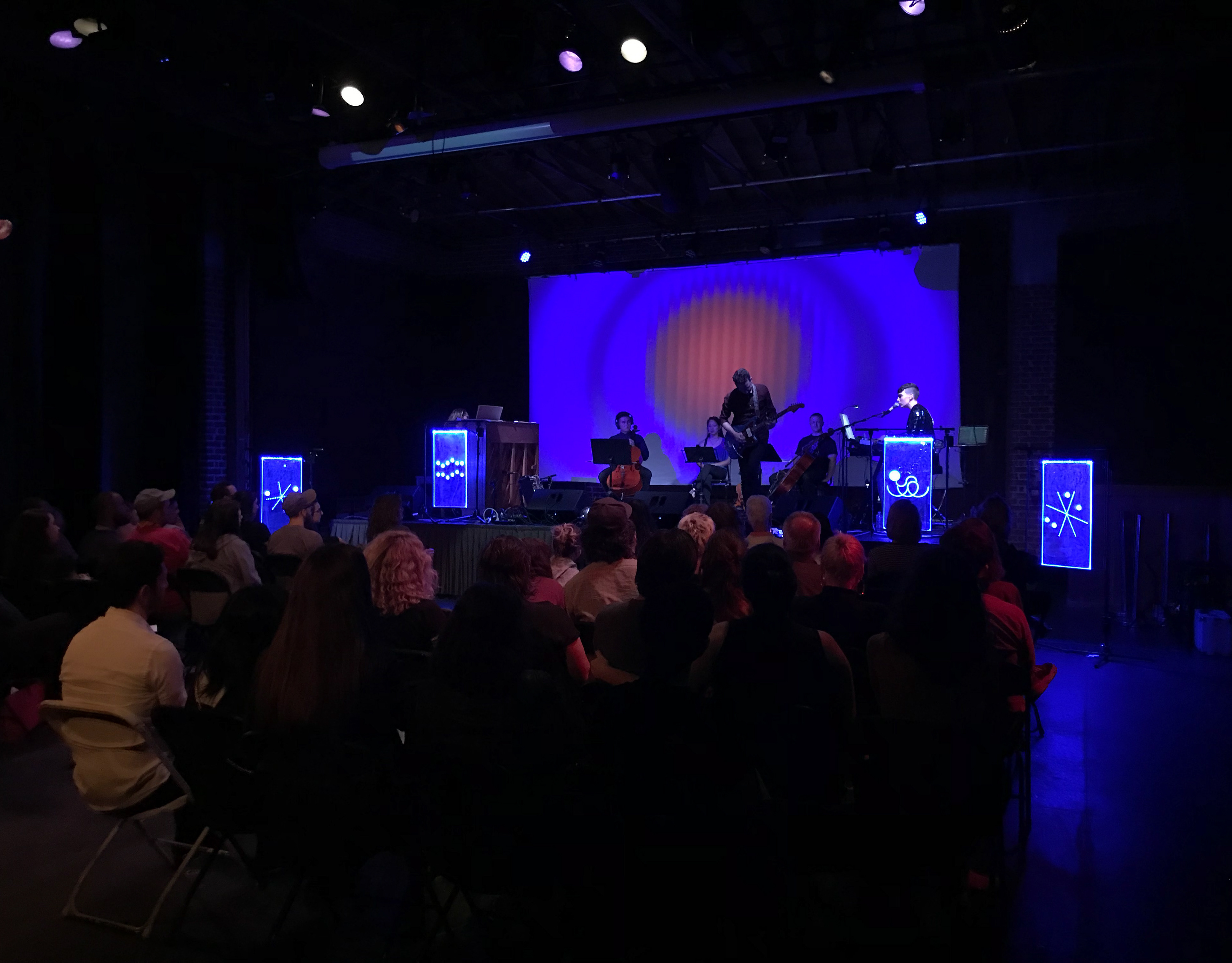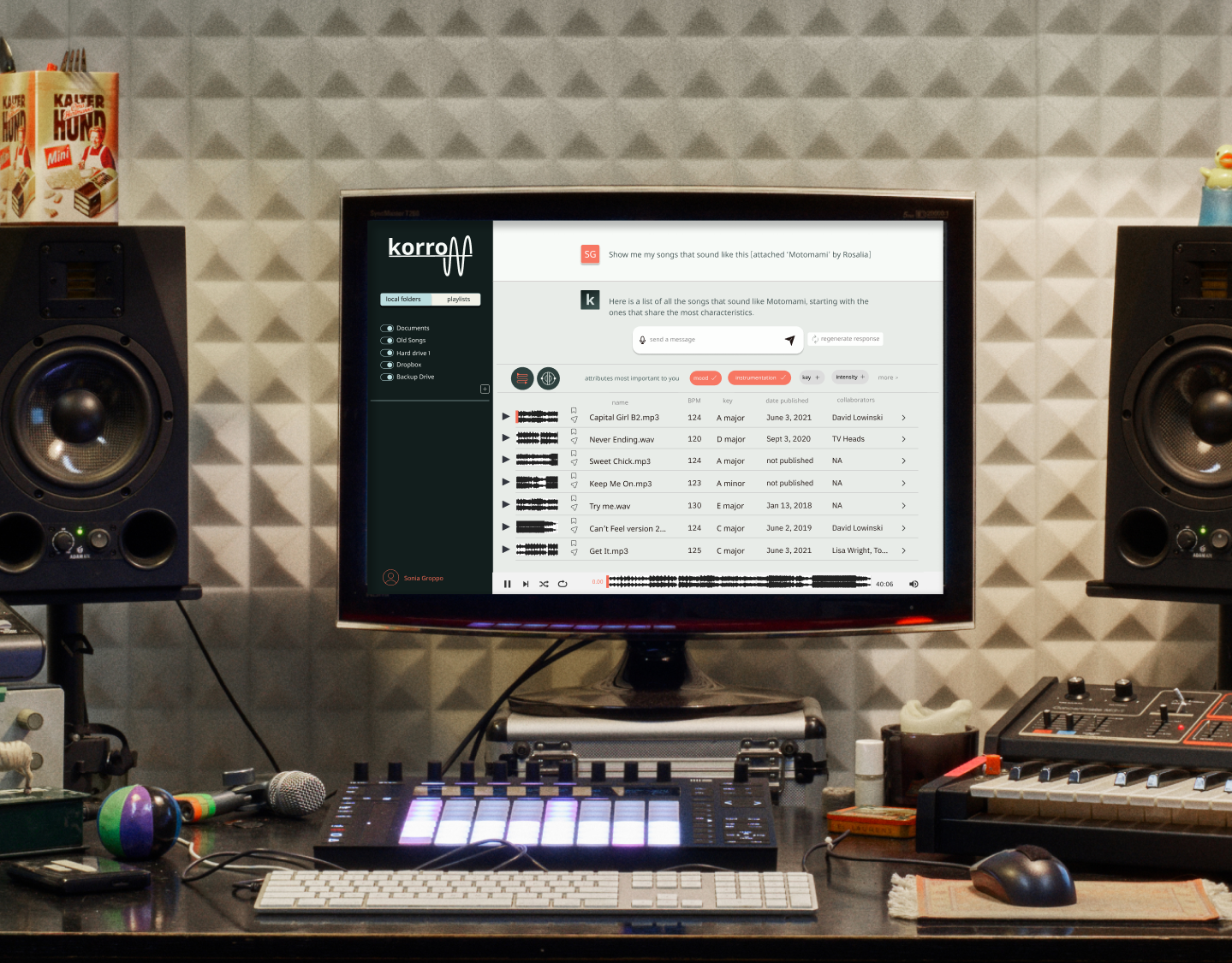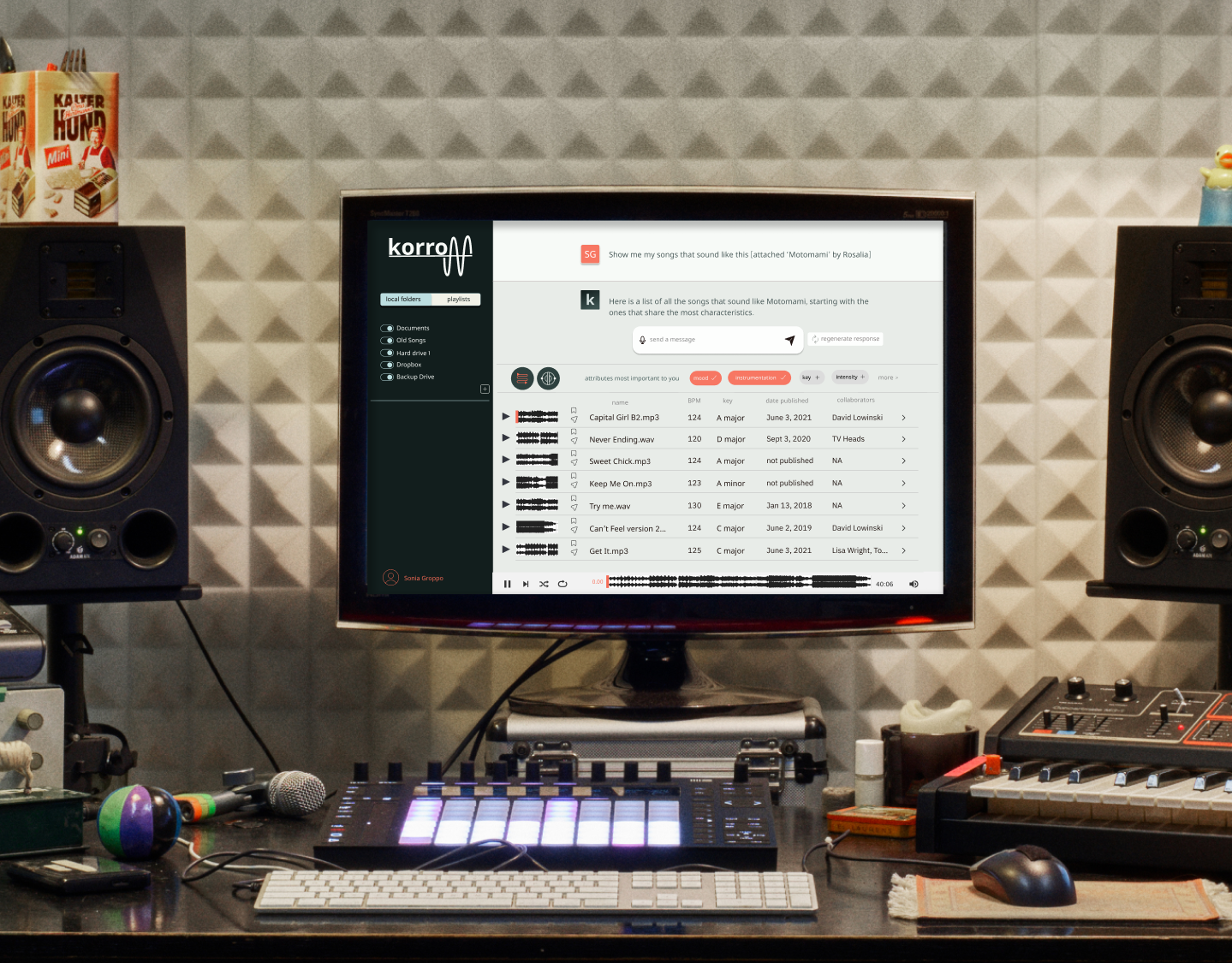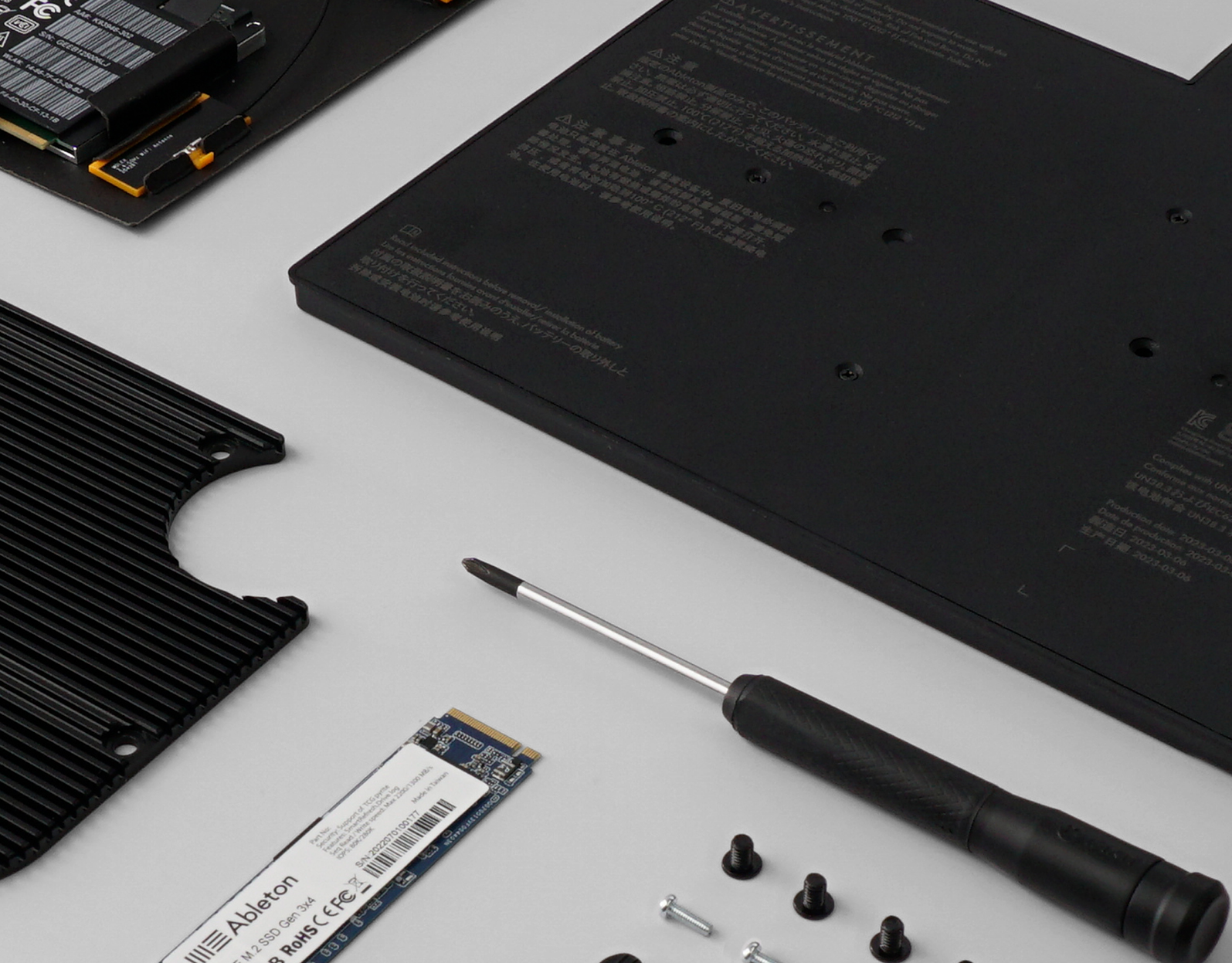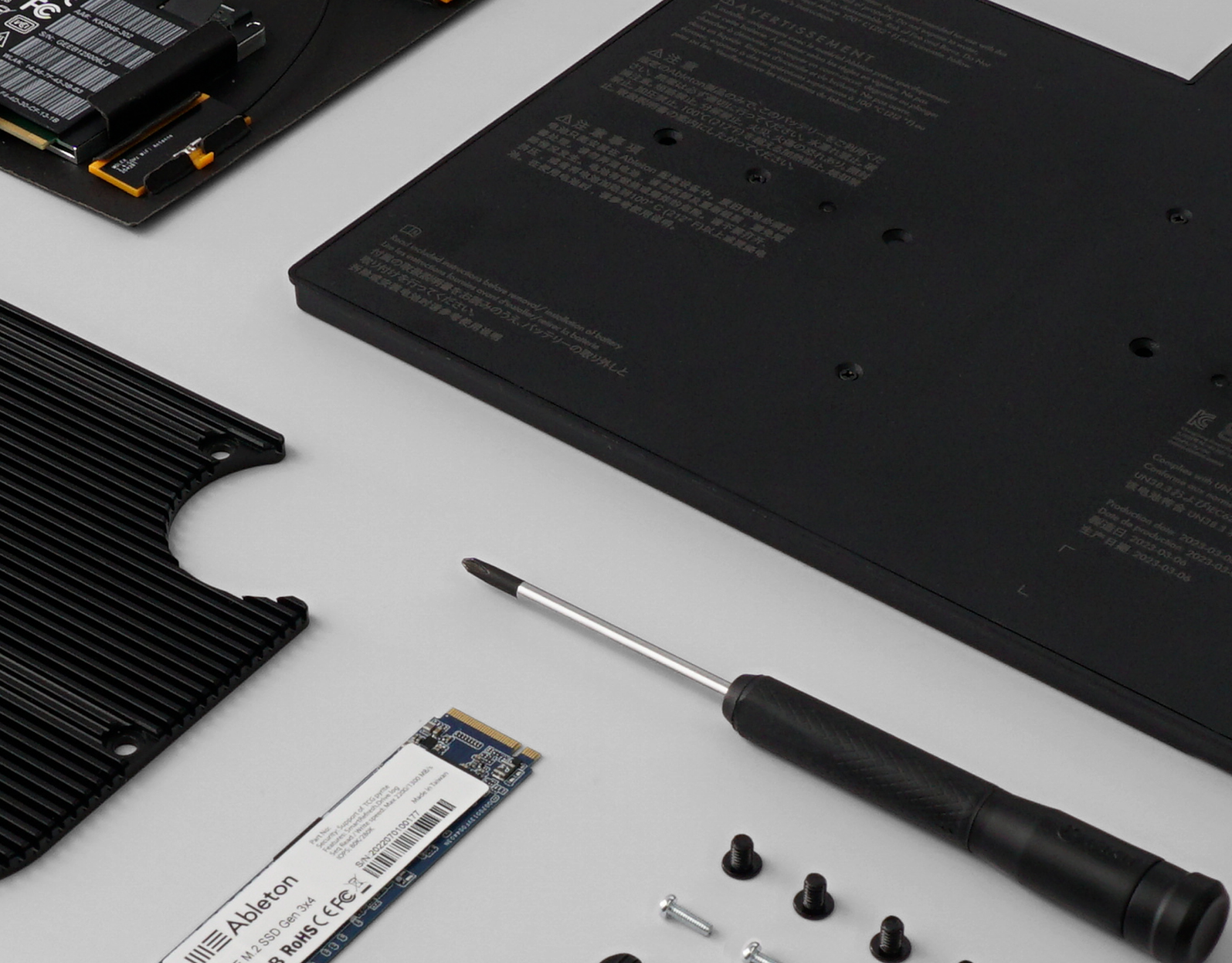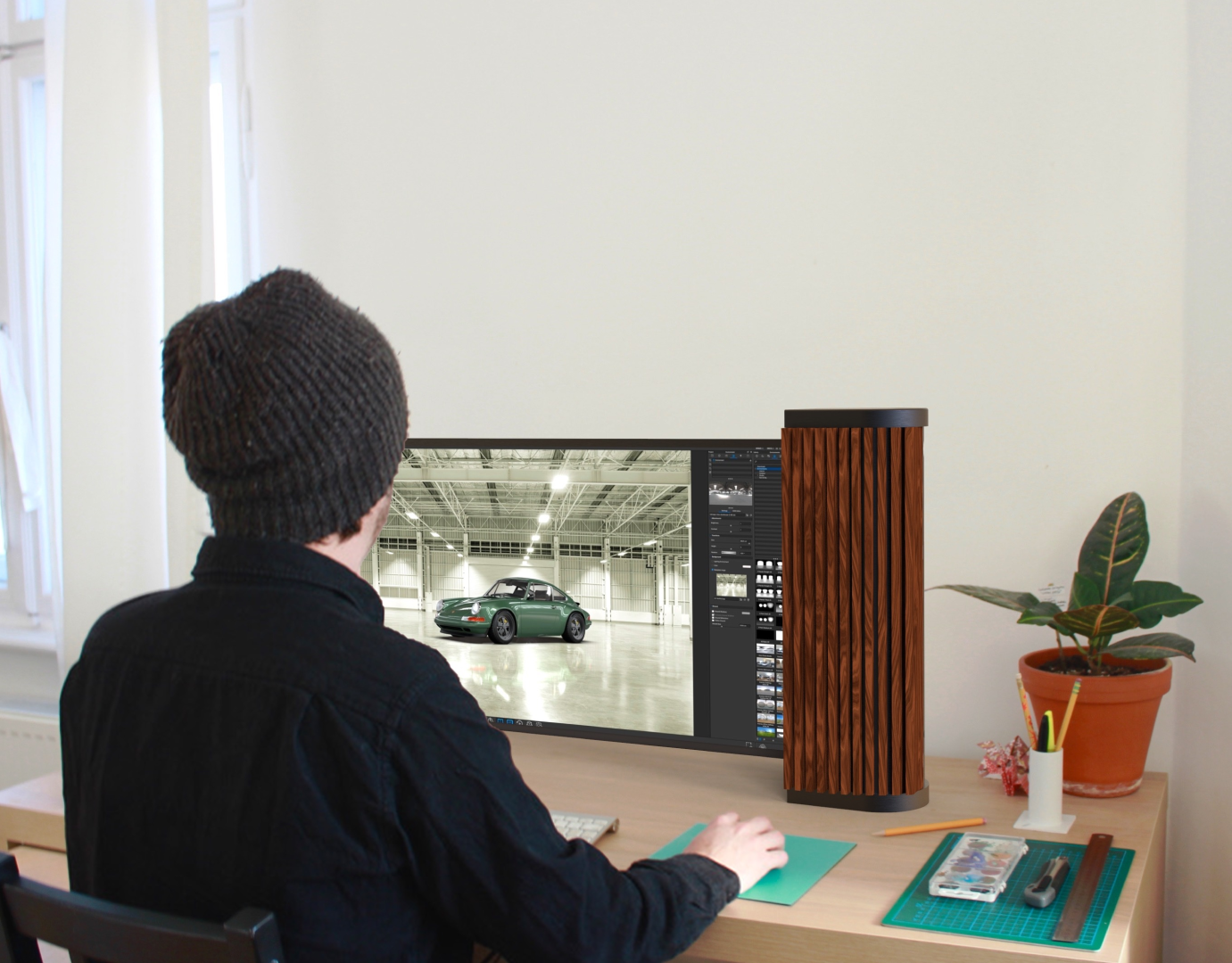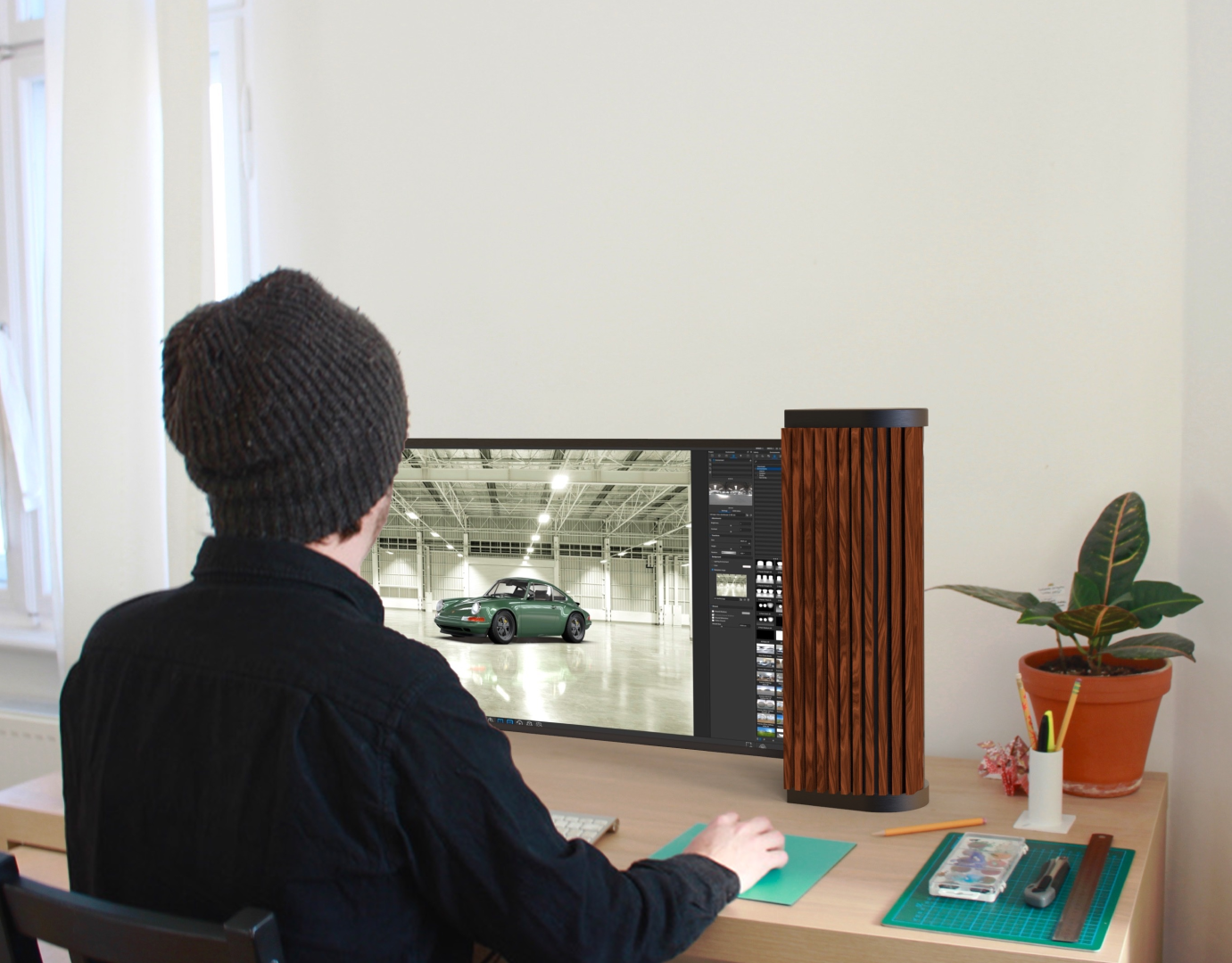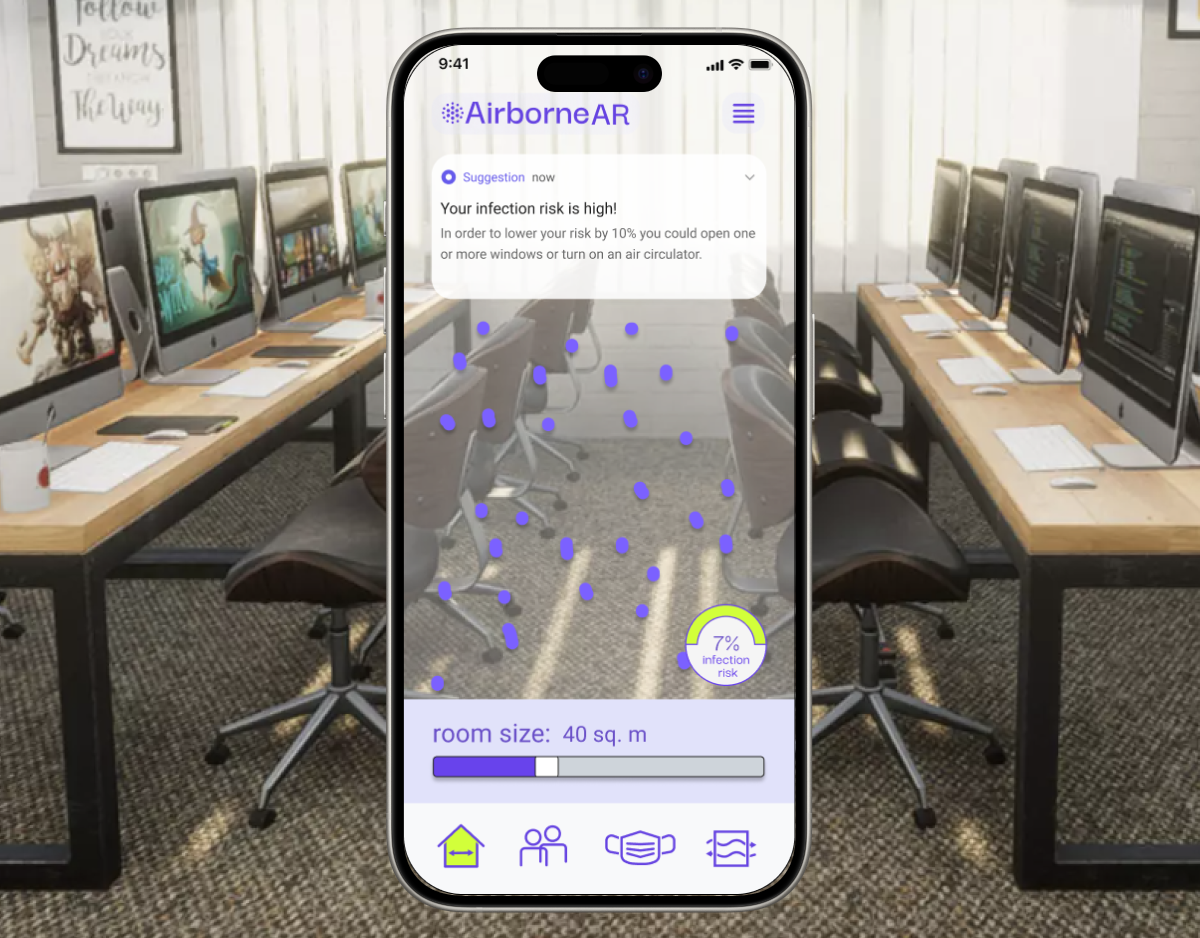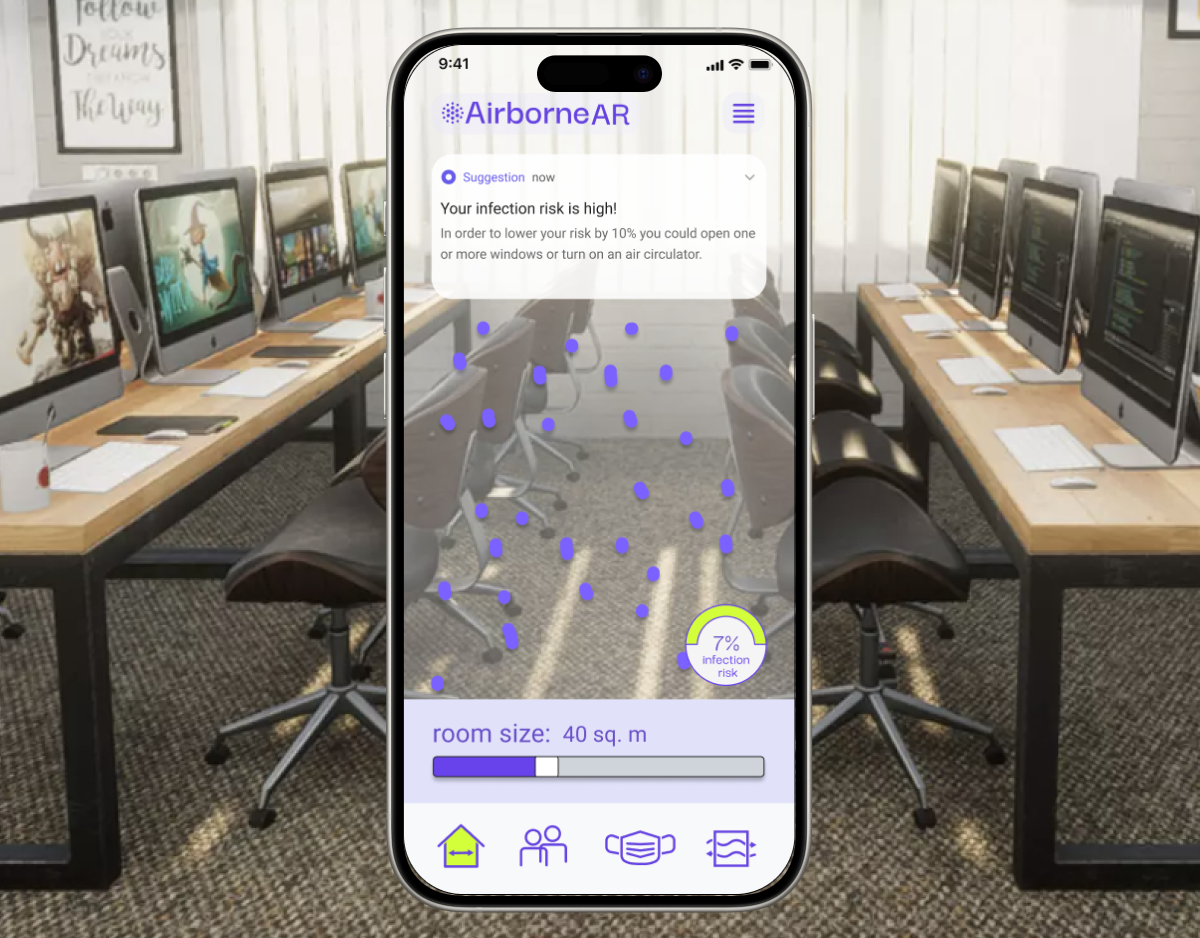Facilitating citizen engagement and empowering individuals to navigate complex data are crucial steps in accelerating the renewable energy transition and addressing global sustainability challenges.
This project investigates how Berlin residents can actively contribute to Germany’s renewable energy transition while reshaping collective consciousness around energy use. By examining the role of real-time energy data and ambient displays, it uncovers strategies for simplifying complex information and fostering thoughtful energy use. Offering practical guidelines and a tested design concept, it proposes a framework for empowering individuals to engage with the energy transition in meaningful ways.
A new wave of mutually-dependant renewable energy technologies is on the horizon.
Simplifying data for the average person is possible with ambient interfaces.
User-friendly interfaces can boost public understanding and support for the energy transition.
GridSense01: the Ambient Gateway to a Social Paradigm Shift
GridSense01 is the solution to powering Berlin with renewable energy. This ambient light display visualizes real-time grid data, encouraging cleaner electricity use, driving a shift in energy perception, and supporting grid resilience.
The GS01 concept emerged from the insights gathered in this thesis, envisioning a tool with the potential to create a significant and measurable impact on energy awareness and behavior. It is one of the quickly generated ideas from this research, offering a strong foundation for further design and refinement.
For more information on the concept, design, and technology, please refer to Section 5.
Demo video showcasing the functionality of GS01.
Active Prosumer Participation is Key to Driving Germany’s Energy Transition (background)
Germany’s energy transition highlights the vital role of prosumers in achieving ambitious climate goals. Initiatives like rooftop solar, balcony systems, and time-based energy contracts drive decentralization and foster a cultural shift in how energy is consumed and shared.
By combining supportive policies, accessible technologies, and community action, barriers can be overcome to ensure broad participation. Prosumers are essential to this transformation, demonstrating how collective effort can shape a sustainable energy future.
User-friendly Home Energy Management is Not a New Idea (market research)
The market is saturated with home energy management apps, but none of them offer an appealing entry point for those who have little interest in the topic, little technical knowledge, and desire a low cognitive load.
In attending various renewable energy trade shows and events in 2024, I observed a saturated market of EMS apps, with many white-label B2B solutions tailored for energy and service providers, alongside a strong industry emphasis on transitioning to dynamic (time-based) pricing.
Managing home energy use and production is complex, requiring integrated software and hardware to track energy consumption, generation, and storage while meeting diverse household needs. The market is dominated by closed ecosystems ranging from Google’s smart home system and Tibber focusing on the renewable energy transition. Meanwhile, niche providers like Solakon and Tado specialize in areas such as small-scale solar and heating optimization. This fragmented and proprietary landscape highlights the need for open standards to foster collaboration and drive innovation in home energy management.
Managing home energy use and production is complex, requiring integrated software and hardware to track energy consumption, generation, and storage while meeting diverse household needs. The market is dominated by closed ecosystems ranging from Google’s smart home system and Tibber focusing on the renewable energy transition. Meanwhile, niche providers like Solakon and Tado specialize in areas such as small-scale solar and heating optimization. This fragmented and proprietary landscape highlights the need for open standards to foster collaboration and drive innovation in home energy management.
Exploring Ambient Information Displays for Solar Forecasting: A Field Study (research and findings)
In this chapter, I test my hypothesis through a field study deploying six Solar Tracker devices across four Berlin households. These devices used lights to display three-day solar predictions and were tested in various household locations. Using qualitative methods, including interviews, participant diaries, and usage frequency charts, I explored how real-time and predictive energy data influence user behavior.
Problems Identified in Initial Research
Technical Disconnect: A technical disconnect exists among various
tools for managing home energy.
Participation Challenges: Berliners are eager to be energy-efficient
but need guidance from socially trusted sources.
Perceptions of ‘Smart Home’ Technology: Individuals are reluctant
to engage with ‘smart home’ technologies.
tools for managing home energy.
Participation Challenges: Berliners are eager to be energy-efficient
but need guidance from socially trusted sources.
Perceptions of ‘Smart Home’ Technology: Individuals are reluctant
to engage with ‘smart home’ technologies.
Research Question
How do ambient interfaces in home energy management systems influence perceptions and behaviors regarding
electricity use among Berlin-based energy prosumers?
electricity use among Berlin-based energy prosumers?
Research Methods
The research methodologies in this chapter used qualitative methods as part of the experimental Solar Tracker field study, including interviews, participant diaries, and usage frequency charts. This comprehensive approach explored how real-time and predictive energy data influenced user behavior, validated initial assumptions, and revealed new insights to balance intuitive ambient design with technical functionality for effective energy data communication.
Solar Tracker Field Study
Designing future-oriented products and services require out of the box testing methods. Solar Tracker was designed as a ‘technology probe’—a simple, functional prototype deployed in a real-world context to gather insights into user behavior, preferences, and usage contexts. In the end it served this purpose, helping to explore potential and limitations of the technology rather than testing its effectiveness or usability.
Analysis & Processing
Reflecting on the study’s findings and the broader context, I identified three key dimensions of the problem, for which I will use this new hypothesis to conceptualize:
Reflecting on the study’s findings and the broader context, I identified three key dimensions of the problem, for which I will use this new hypothesis to conceptualize.
Participant Desires
The below table represents my interpretation of each participant’s preferred energy information to display and their favored medium for receiving it. Additionally, I introduced a new metric, Desired Cognitive Load, to reflect the level of mental effort participants are willing to invest in processing the information.
Key Takeaways Summarized
Below are the key takeaways, synthesized through diverse methods of clustering, analysis, and interpretation, based on the framework outlined in the Analysis section.
Answering the Research Question
How does the presence of ambient interfaces for home energy management systems influence energy consumption thoughts and behaviors in Berlin-based energy prosumers?
Ambient interfaces for home energy management systems influence energy consumption by raising awareness and encouraging small yet meaningful habit changes among Berlin-based energy prosumers. While the direct impact on consumption behaviors varies, these simple but subtly persistent interfaces act as visible reminders, engaging individuals who might otherwise overlook such data. This fosters a mindset shift toward more conscious energy use and promotes discussions within households about sustainability and shared responsibility.
GridSense- Home Features
•Low-power LED array displays real-time and predictive data on green energy availability.
•Ambient outer glow provides an at-a-glance status of the current power mix.
•Optional companion app offers detailed insights and integrates with an open-source home energy management system.
•Energy-efficient device with adaptive brightness that adjusts to room lighting.
GridSense- Home shows data on how clean the current and predicted grid energy is.
The electricity from your socket can be generated from fossil fuels (coal, gas, nuclear power plants) or via renewable energies (solar, wind, biomass, hydro).
GS01 shows you how clean the energy coming out of your socket is based on:
•how much electricity is coming from renewable sources
•grid availability
•if you have solar panels and/or battery storage how much is available
GS01 shows you how clean the energy coming out of your socket is based on:
•how much electricity is coming from renewable sources
•grid availability
•if you have solar panels and/or battery storage how much is available
Designing the GS01
Displaying energy data in an ambient form introduces the challenge of reducing detail in a highly technical and data-driven topic. While this may make the data seem less meaningful, it actually offers an opportunity to present information in a way that is approachable and engaging.
Ambient visual interfaces allow users to engage with energy data at their own pace, accommodating varying levels of interest and attention.
Ambient visual interfaces allow users to engage with energy data at their own pace, accommodating varying levels of interest and attention.
GS01 is extendable & based on an open ecostystem
Rather than diminishing the value of the information, ambient displays serve as an accessible entry point to a larger system of energy management tools. These displays must be complemented by additional applications that offer deeper insights and practical tools for tasks like monitoring, automation, and behavioral adjustments. This layered approach ensures that energy data is both accessible and actionable, seamlessly integrating energy management into everyday life for a wide range of users.
Credits
This thesis was undertaken as part of the Master’s in Design program at the University of Applied Sciences Potsdam, under the supervision of Sebastian Meier and Reto Wettach. It owes its completion to the invaluable insights, support, and participation of many individuals, acknowledged in the thesis paper.
